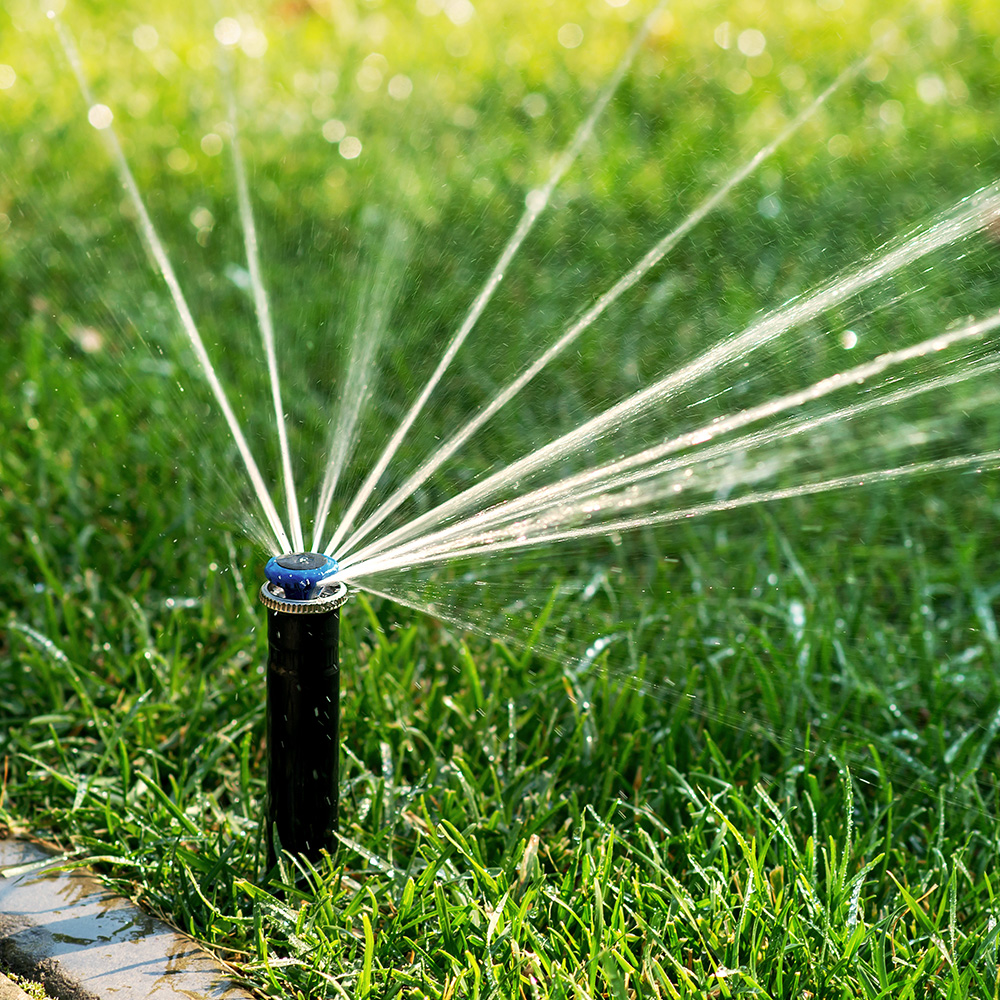WaterMyYard app reminds when, how much to irrigate lawns
Free service provided in 10 areas across Texas
It’s time to start thinking about lawn irrigation, and Texas A&M AgriLife Extension Service’s WaterMyYard Program can tell you when and how much to water.

Above-average rainfall in May continued into June and saturated many parts of the state, and additional rainy weather in the forecast means there is no need to water your lawn yet in those areas. But how do you know when to start watering once the rain stops? The WaterMyYard app can help answer that question.
WaterMyYard is a free tool designed to take the guesswork out of knowing when and how long to run your irrigation system. The program has provided irrigation recommendations for homeowners in North Texas since 2012 and since, has expanded to other areas of the state such as the greater Austin and Houston areas and cities in West Texas, including Lubbock and San Angelo.
Swanson said more than 29,000 homeowners currently subscribe to the program, said Charles Swanson, AgriLife Extension landscape irrigation specialist, Bryan-College Station. Users can sign up at http://WaterMyYard.org or by downloading the app from either the Apple or Google Play stores. Users may select one or more types of notifications including weekly emails, text messages and app push notifications directly to a smart phone or device. The notification includes the water requirements and how long, in minutes, to run your irrigation system.
“Some lawns may not need water immediately, but irrigation season is here,” he said. “The app is a convenient tool for any homeowner who wants an attractive lawn without wasting water. Most users see significant reductions in their water bill. This is a good time to download the app and wait for that first watering notification.”
WaterMyYard works for you and your lawn
The program uses a special urban weather station network that records temperature, relative humidity, wind speed, solar radiation and rainfall in order to calculate local evapotranspiration rates, Swanson said. Evapotranspiration, or ET, is the science-based method for determining the water requirements of plants. The network currently consists of 58 ET weather stations along with an expanding network of rain gauges that determine weekly watering recommendations across 10 service areas in the state.
Each service area has a sponsor such as the city, local water utility or water district who covers the costs of the program and weather stations, Swanson said.
“One of the great things about WaterMyYard is that it not only tells you if you need to water, but how many minutes you should run your irrigation system,” he said.
Irrigation systems apply water at different rates, which is referred to as the precipitation rate. The precipitation rate typically varies from 0.25 to 1.5 inches per hour in home irrigation systems. Selection of the correct value for your system is critical.
WaterMyYard has easy to use tools to assist in choosing the precipitation rate that is appropriate for your irrigation system. If you already know your precipitation rate, you may enter it directly, Swanson said. There is also an option for hose-ended sprinklers for homeowners who do not have a permanent irrigation system.
Rainfall is often the most variable weather measurement. WaterMyYard uses the rainfall recorded at the closest weather station, but users can enter their own measured rainfall to improve the watering recommendation, Swanson said.
Sprinkler system check-up
Swanson said it’s always important to make sure an irrigation system is in good working order. In most years, typical wear and tear is the main concern, but this year there may have been damage caused by the historic freezing conditions of Winter Storm Uri.
“Taking a few minutes to run the system and check each zone for leaks and damaged or misaligned sprinklers that could be missing areas or creating runoff will help ensure your entire lawn gets the water it needs, and that water isn’t wasted,” he said.
Swanson recommends contacting Texas Commission on Environmental Quality, TCEQ, licensed landscape irrigation professionals for any major repairs.


